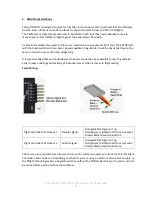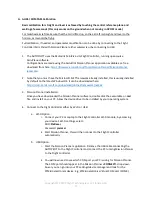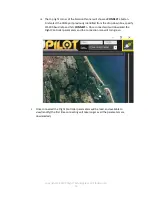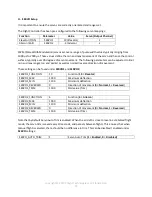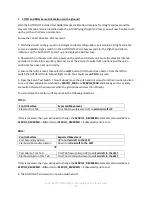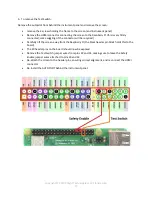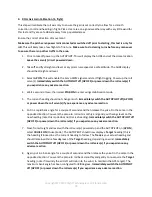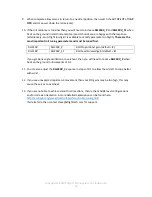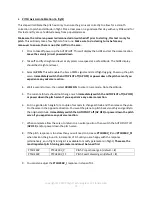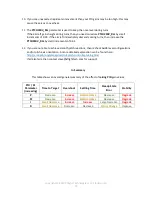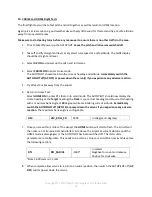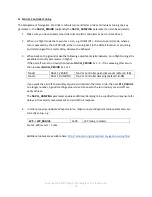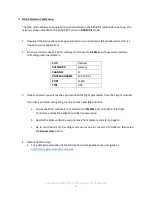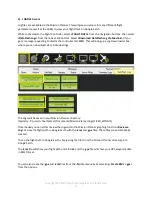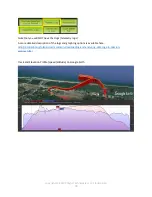
Copyright © 2019 Xflight Technologies LLC, Florida, USA
24
Servo Installation Tips:
•
The control surface should be neutrally balanced to begin with. For example, an elevator
spring could be used to hold the elevator at the neutral position
•
Install servos such that they do not interfere with primary control surface operation. Even if
servos get stuck fully extended, you should still have full manual control of the aircraft
•
Make sure the secondary / trim flight control surfaces move smoothly from max up to max
down deflection across a good portion of the servo full range rotation. I.e. do not have them
be so sensitive that the servo only moves through a small rotation for full deflection or
moves through a large rotation for a very small deflection
•
Make sure there is no possibility of the servos being driven beyond the control surface hard
stops. You can define end points in the parameters above.
•
Ensure the servo torque rating is sufficient for the loads required. (There are resources on-
line to assist with this calculation).
•
Ensure you provide a regulated power source for the servos as specified by the
manufacturer for maximum torque
•
If your servos jitter and are constantly moving to remain stationary when in use, you may
have to upgrade to larger servos, or check your
P I D
values (see sections J and K below).
Continuous servo jitter will cause them to get very hot, and possibly fail
•
It is strongly recommended to use shielded cable (shield connected to ground) for all servo
wires, and to use differential drivers for cable runs greater than 10 feet
•
Avoid switching the servo circuit on when on the ground, during take-off and landing, when
flying at low level, and when the AUTOPILOT is not powered up (the AUTOPILOT circuit
should always be powered up first), as the servo signal wires may be susceptible to noise
pickup


